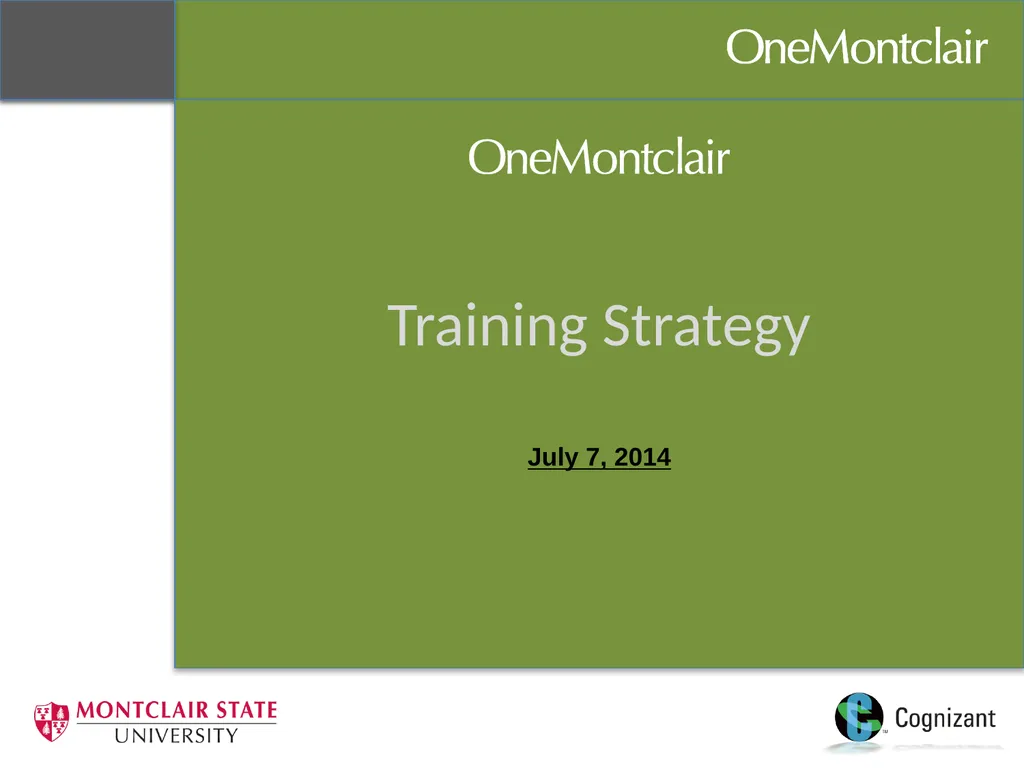
Training Strategy July 7, 2014 Table of Contents 2
Author: lois-ondreau | Published: 2025-06-23
Description: Training Strategy July 7, 2014 Table of Contents 2 Training Framework 3 Training Objectives Training Objective 1: Prepare Affected Business Users 4 Performance Time Reduced performance dip Business users will need to know what to do (the
Download Presentation
Download the PPT/PDF: Download
Transcript:
Loading transcript…